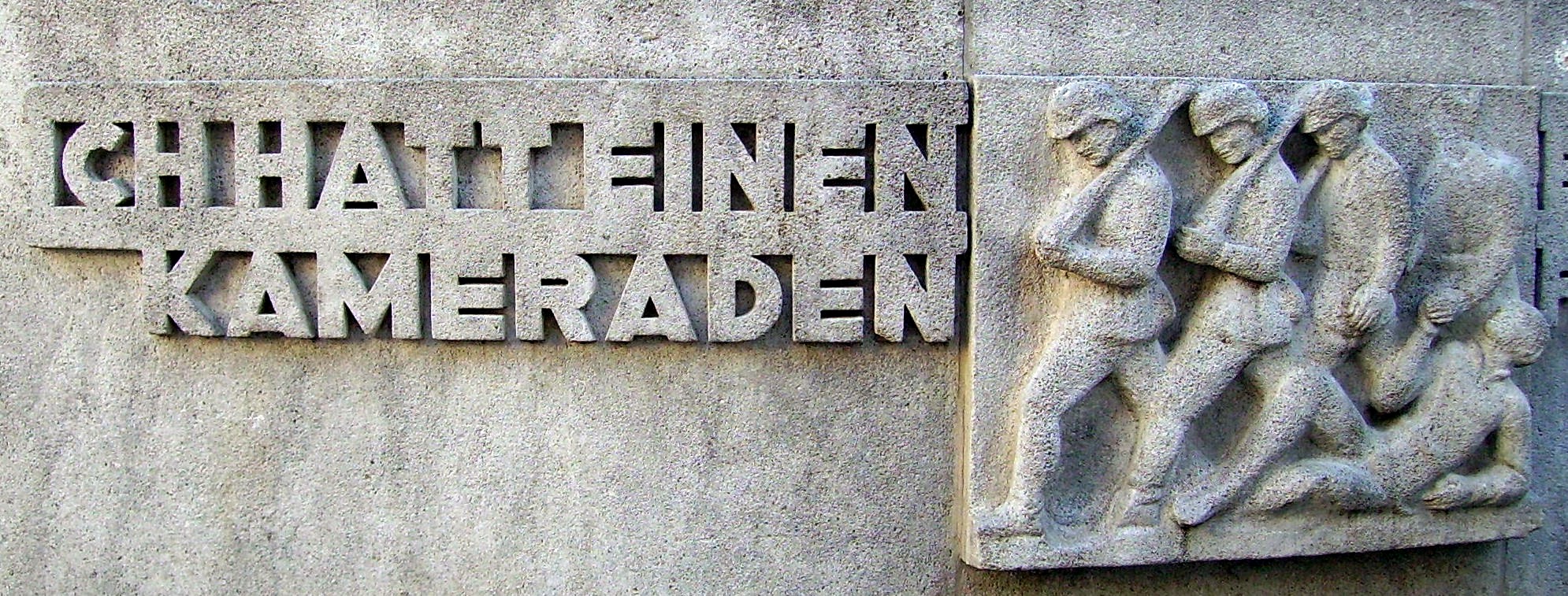|
Sonnerie Aux Morts
"La Sonnerie aux Morts" is a bugle call of the French Armed Forces used at funerals and the commemoration of battles and wars. History Struck by the impact that the '' Last Post'', of the UK and the Commonwealth of Nations, and '' Taps'', of the United States, had on ceremonies and their participants, General Gouraud took the initiative to call by the head of the music of the Republican Guard, Major Pierre Dupont, and requested a composition of an appropriate bugle call.http://www.verdun-meuse.fr/images/files/ArticleJournalCombattants030410.pdf. La Sonnerie aux Morts was played for the first time at a ceremony for the rekindling of the eternal flame at the Arc de Triomphe on 14 July 1931. See also * " Last Post" the equivalent of the United Kingdom, Canada, Australia, New Zealand and other Commonwealth countries. * " Taps", the United States Armed Forces equivalent * "Der gute Kamerad" ("The good Comrade"), the German and Austrian equivalent for military funerals * "Il Silenzio ... [...More Info...] [...Related Items...] OR: [Wikipedia] [Google] [Baidu] |
Bugle Call
A bugle call is a short tune, originating as a military signal announcing scheduled and certain non-scheduled events on a military installation, battlefield, or ship. Historically, bugles, drums, and other loud musical instruments were used for clear communication in the noise and confusion of a battlefield. Naval bugle calls were also used to command the crew of many warships (signaling between ships being by flaghoist, semaphore, signal lamp or other means). A defining feature of a bugle call is that it consists only of notes from a single overtone series. This is in fact a requirement if it is to be playable on a bugle or equivalently on a trumpet without moving the valves. (If a bandsman plays calls on a trumpet, for example, one particular key may be favored or even prescribed, such as: all calls to be played with the first valve down.) Bugle calls typically indicated the change in daily routines of camp. Every duty around camp had its own bugle call, and since cavalry ... [...More Info...] [...Related Items...] OR: [Wikipedia] [Google] [Baidu] |
Der Gute Kamerad
"Der gute Kamerad" ("The Good Comrade"), also known by its incipit as "Ich hatt' einen Kameraden" ("I had a comrade") is a traditional lament of the German armed forces. The text was written by German poet Ludwig Uhland in 1809. Its immediate inspiration was the deployment of Badener troops against the Tyrolean Rebellion. In 1825, the composer Friedrich Silcher set it to music, based on the tune of a Swiss folk song. The song is about the immediate experience of a soldier losing a comrade in battle, detached from all political or national ideology; as a result, its use was never limited to one particular faction and was sung or cited by representatives of all political backgrounds throughout the 19th and 20th centuries, and was translated for use in numerous fighting forces, French, Dutch, Spanish, and Japanese amongst others. Usage Ernst Busch used the tune for his eponymous Spanish Civil War song about the death of Hans Beimler. German playwright Carl Zuckmayer in 1966 used ... [...More Info...] [...Related Items...] OR: [Wikipedia] [Google] [Baidu] |
Funerary Bugle Calls
A funeral is a ceremony connected with the final disposition of a corpse, such as a burial or cremation, with the attendant observances. Funerary customs comprise the complex of beliefs and practices used by a culture to remember and respect the dead, from interment, to various monuments, prayers, and rituals undertaken in their honor. Customs vary between cultures and religious groups. Funerals have both normative and legal components. Common secular motivations for funerals include mourning the deceased, celebrating their life, and offering support and sympathy to the bereaved; additionally, funerals may have religious aspects that are intended to help the soul of the deceased reach the afterlife, resurrection or reincarnation. The funeral usually includes a ritual through which the corpse receives a final disposition. Depending on culture and religion, these can involve either the destruction of the body (for example, by cremation or sky burial) or its preservat ... [...More Info...] [...Related Items...] OR: [Wikipedia] [Google] [Baidu] |


